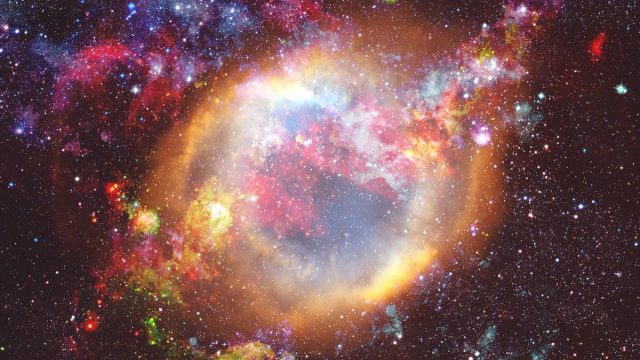
Space enthusiasts are agog after astronomers reported discovering the largest cosmic explosion ever seen—100 times bigger than our solar system and 2 trillion times brighter than the sun. Scientists believe the explosion known as AT2021lwx took place nearly eight billion light years away from Earth. It has been visible for more than three years, while most supernovas are only detectable for months.
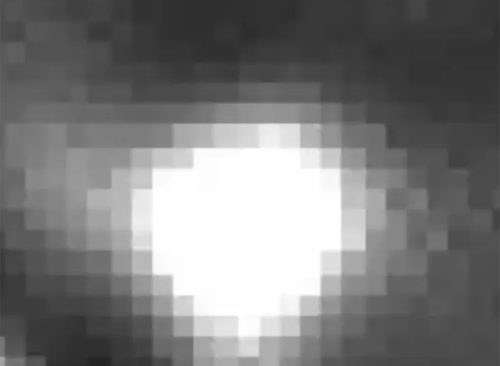
“It went unnoticed for a year as it gradually got brighter,” said Philip Wiseman, an astronomer at Southampton University who led the research. When scientists calculated how far away the explosion happened, they realized this was no ordinary cosmic event. “When I told our team the numbers, they were all just so shocked,” said Wiseman. “Once we understood how extremely bright it was, we had to come up with a way to explain it.”
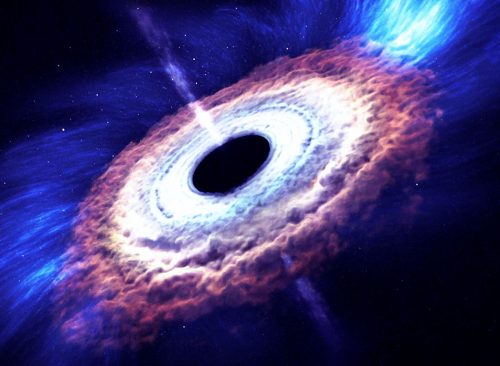
Astronomers believe the blast occurred when a huge cloud of gas, thousands of times larger than the sun, encountered a supermassive black hole. Fragments of the cloud were swallowed up, sending shockwaves through the remainder and into the large dusty “doughnut” that typically surrounds black holes. “We came upon this by chance, as it was flagged by our search algorithm when we were searching for a type of supernova,” said Wiseman. “Most supernovae and tidal disruption events only last for a couple of months before fading away. For something to be bright for two plus years was immediately very unusual.”
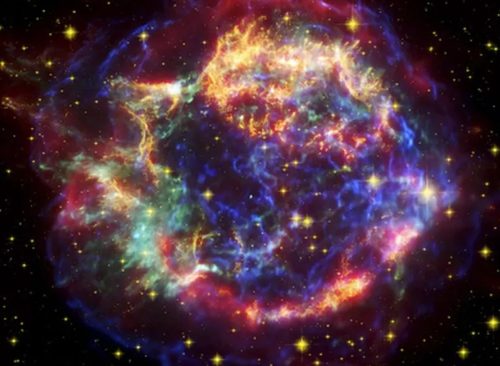
The scientists believe that AT2021lwx is 10 times brighter than any known supernova and three times brighter than the brightest known tidal disruption event, in which a star falls into a supermassive black hole. “We’ve estimated it’s a fireball 100 times the size of the solar system with a brightness about 2 trillion times the sun’s,” said Wiseman. “In three years, this event has released about 100 times as much energy as the sun will in its 10-billion-year lifetime.”
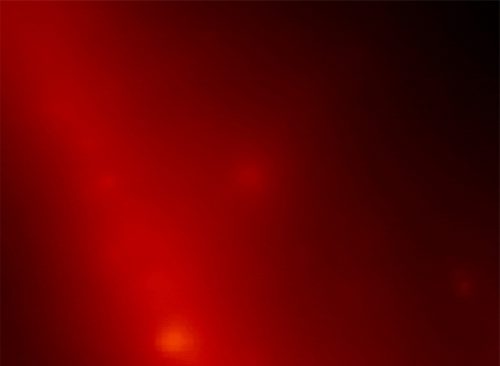
AT2021lwx was first detected in 2020 by the Zwicky Transient Facility in California, then picked up by the Asteroid Terrestrial-impact Last Alert System (ATLAS) based in Hawaii. It’s not the brightest explosion ever witnessed—that designation goes to a gamma-ray burst known as GRB 221009A, which was discovered last year. Although that was brighter than AT2021lwx, it disappeared fairly quickly, meaning the energy released by the AT2021lwx explosion is much larger.
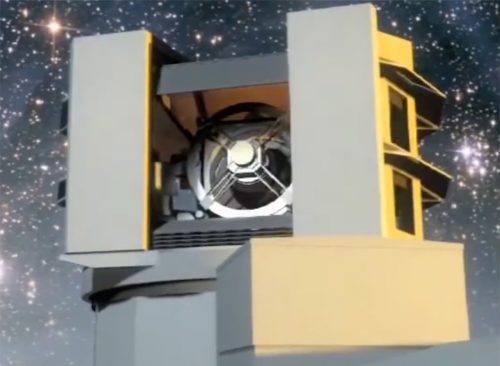
Although this was an extremely rare event, future finds of this scale might become more common thanks to advances in technology. “With new facilities, like the Vera Rubin Observatory’s Legacy Survey of Space and Time, coming online in the next few years, we are hoping to discover more events like this and learn more about them,” said Wiseman. “It could be that these events, although extremely rare, are so energetic that they are key processes to how the centers of galaxies change over time.”














